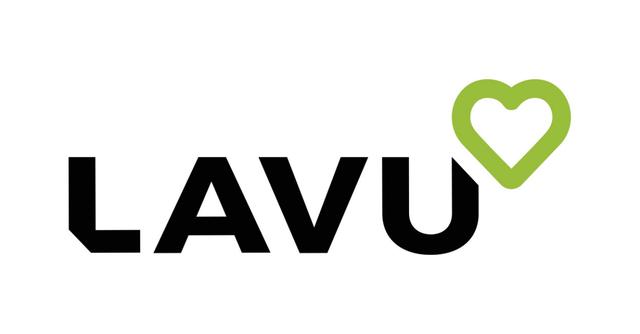A feature-rich restaurant POS will prove more effective for streamlining your operations, from back of house all the way to the front. Here are some key features to seek out in a great POS system for restaurants.
Online and Mobile Ordering
The average consumer expects your restaurant to provide delivery or takeout options that they can access from anywhere. Many POS systems come with tools for setting this up via dedicated websites. You can include the URL for this site on your Google Business Profile to get customers right to your menu and order page. With the right restaurant POS, these pages will be one and the same, making everything easier for your customers.
Mobile POS
With mobile POS tools, your restaurant can process customer payments at the tableside. This massively reduces the time between a guest getting their check and signing the receipt’s merchant copy. Plus, since a mobile POS is compatible with just about any mobile device, it reduces the need to buy POS hardware.
Self-Service Kiosks and Payment
The future of the restaurant customer experience may be in fully self-sufficient dining experiences. POS self-service kiosks and payment options bring this future into the present. Your guests place their orders, add customizations and tender payment whenever they’ve decided what to eat — all without a server’s involvement.
Check Splitting
Sometimes, with large groups of guests, each person prefers to put down their own card instead of loading the bill onto one patron’s card. You can enable this with restaurant POS check-splitting features. Your servers can use these tools to assign items to patrons, who then use their cards to cover their own costs. Not every restaurant offers this flexibility, so implementing this feature can improve your customer experience and keep guests returning.
Inventory Management
The best POS systems for restaurants include inventory management tools for tracking the stock levels of each ingredient you use in the kitchen. Some platforms include vendor management and purchase order tools, and these advanced features may be necessary to keep your kitchen properly stocked. The same is true for tools that indicate to customers which menu items are sold out based on your inventory levels.
Payment Processing
Payment processing tools for restaurant POS systems should cover contactless payments as well as card and cash transactions. They should also allow for payments to be processed when your internet connection is down and completed once you’re reconnected. This way, you can keep running your restaurant amid even the most severe network outages.
Employee Management
Many restaurant POS systems include tools for adding employees and managing their schedules and shifts. You might also find platforms with built-in time clocks for employee clock-in and clock-out, as well as tools for managing servers’ tips. These features pair neatly with restaurant POS tools for managing your tables, menu and everything in between.
Customer Management
Certain restaurant POS systems all but double as CRM platforms for storing customer profiles. This CRM functionality has numerous applications in email marketing and customer loyalty programs. For example, you can use this information to maintain and serve an email list and offer special rewards on customers’ birthdays.
Add-Ons and Integrations
POS systems often integrate with the best accounting software platforms, such as QuickBooks and Xero. They may also integrate with the best email marketing platforms, such as Mailchimp and Constant Contact. With these integrations, the data in your POS always matches that in your other platforms. That means you can execute functions in one to execute parallel functions in the others rather than manually taking the same steps on each platform. The end result is more streamlined financial and marketing processes.
Customer Support
The best POS vendors for restaurants keep their customer support teams available well outside standard weekday business hours. After all, your restaurant likely operates well into the evening or even past midnight. That’s why POS vendors offering 24/7 support make all the difference. You’ll get the help you need on key issues whether it’s 1 p.m. or 1 a.m.
Reservation and Waitlist Management
You can use POS systems to oversee guest reservations and manage your waitlist. This includes offering reservations in the first place and alerting customers to their place in line and changes in their wait time. Leveraging this technology can give your customer experience an edge over similar establishments. More foot traffic could result.
Menu Management
Top-notch restaurant POS systems give you the tools to build an online menu and auto-update your items’ availability based on your inventory levels. This way, customers never put in an order only to be told that what they wanted is unavailable. You’ll prevent a major customer complaint and keep guests coming back for seconds.
Floor Plan and Table Management
With many restaurant POS platforms, you can set and modify a floor plan as well as visualize how your guests and staff will move through your establishment. This feature usually goes hand in hand with table management tools for taking each table’s orders, assigning serves to tables and overseeing your seating availability. Smoother, more coherent operations should result.
Reporting
As with any type of high-quality technology, POS systems for restaurants often include a bevy of reporting features. For example, you might be able to run reports detailing your staff’s performance and activity. With this information, you can make smarter scheduling decisions and find ways to cut costs. You might also be able to run sales reports showing which menu items your guests like best and when these items’ sales peak. This data can inform how you build your happy hour menu or seasonal promotions.










